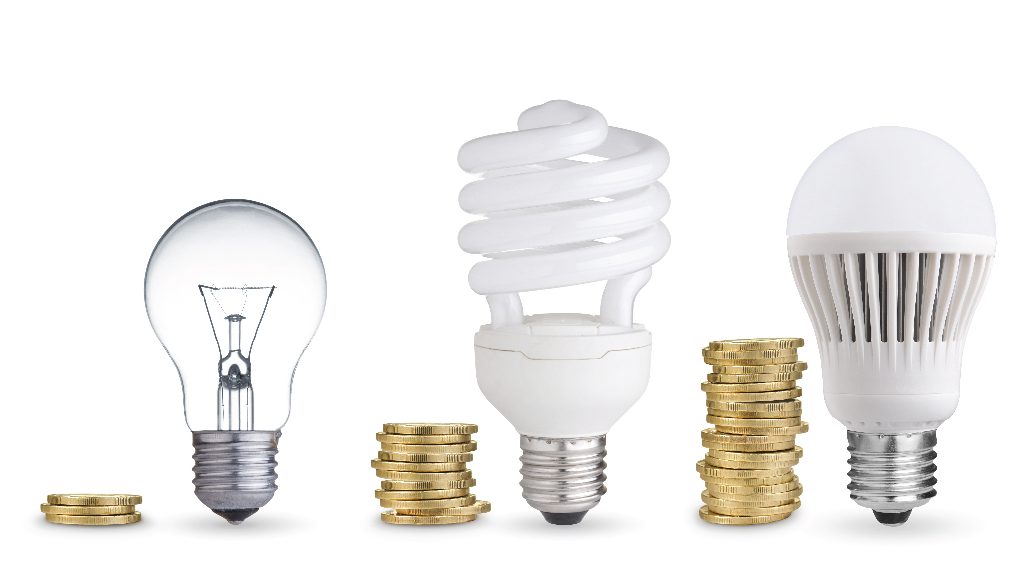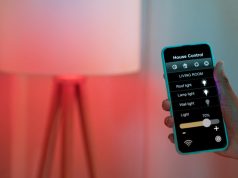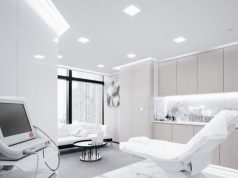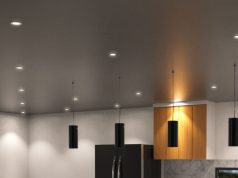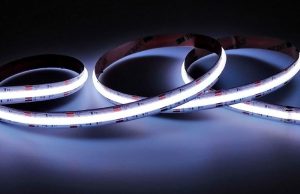A world without light is a world not worth living in.
Perhaps the first men and women recognized the importance of light that they tried their best to “tame” it and take it inside their own homes. Nowadays, we cannot live without lights in our homes. However, a powered-on light bulb does not come without a price – or electricity bill. The more light you have, the more you will be paying. But should that be the case all the time? Luckily for us, we have better options nowadays. LED lights are newer types of lights that cost much less to use than regular lights. But how do you save money with LED lighting? Here’s what we know.
LEDs are getting cheaper and are long-lasting
Light Emitting Diode or LED lights are quickly becoming much more affordable to buy. Replacing the entire lighting system in a house is still an investment, and many homeowners are still a little wary of doing so. Though they aren’t as cheap as incandescent bulbs, people still use LED bulbs because of their cost-saving promise. Most bulbs installed in your home are builder-grade light bulbs. For homes that have many recessed lights, having non-LED bulbs may cause problems. After a month of using these bulbs, most of them burn out. Thus, you need a replacement as often as every month. LED bulbs have a long lifespan of 15,000 hours, which means there is no need to replace the bulb for years, saving you money! The only downside is that the initial setup will cost you slightly more than the installation of ordinary bulbs. However, this money will be quickly recouped through savings in your energy bills.
LEDs do not emit tremendous heat
If you have over 20 non-LED recessed lights in your house, then you might have noticed the unexplainable heat in your home. Traditional light bulbs consume a lot of power to give the brightness they need to produce. Unfortunately, a lot of the energy they consume converts to heat. That’s why the bulbs become hot when they are in use, even for a short time. The heat these bulbs emit then becomes a problem for your electric bill! With the light bulbs consuming too much power, giving out too much heat, and the air-conditioning unit or fan turned on simultaneously, your electric bill will surely sky-rocket. LED light bulbs do not consume a lot of energy and do not heat up tremendously. They will only feel a little warm when held after having been used for hours. So, they do not emit unnecessary heat that increases the temperature of the room. Less energy consumed + less heat produced = monthly savings in your electric bill!
LEDs convert energy to light efficiently
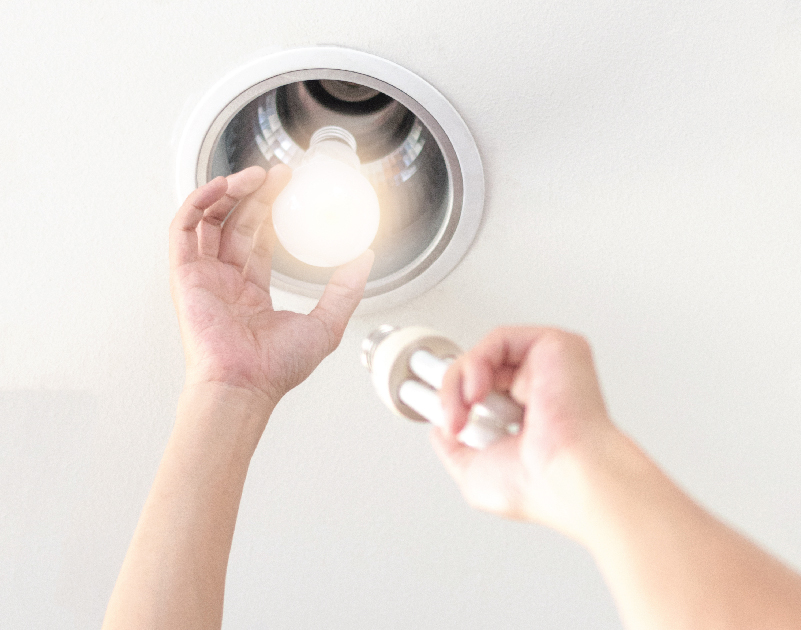
Compared to regular bulbs (Incandescent, Fluorescent lights or CFLs), LEDs are more efficient because they use less energy. LED lights are said to be using 80% less energy compared to the traditional ones. About 95% of the energy is converted into light, and only 5% is wasted as heat, whereas the regular bulbs convert light only around 5% and 95% heat. So if you are still using traditional lighting methods, you are paying for heating instead of illumination.
LEDs are available in different colours
Depending on the area where you put your lights, you might need to install a specific light colour. With LEDs, you can get the colour that you need for a room without changing bulbs. There are LEDs where you can control the brightness and colour depending on your needs.
LEDs are environmentally friendly
Mercury is commonly found in incandescent or fluorescent lightings, which harms the body when exposed for a long time. It contaminates the environment upon disposal, especially when done carelessly. On the other hand, LED bulbs don’t use mercury to produce light, expelling no toxic waste to the environment. It is also safe to be around for a long time.
LED-powered lights are the best option for your home. Fortunately, you can find LED lights easily here at Simple Lighting! So, be sure to check out our website and start saving money!


